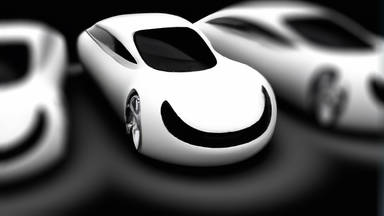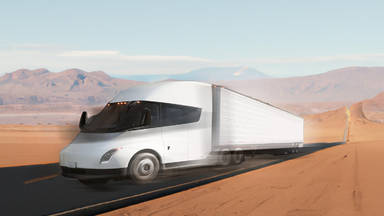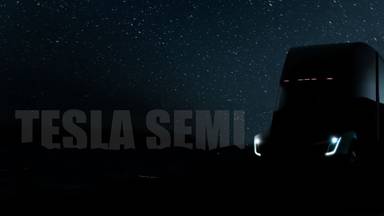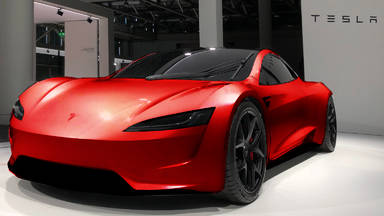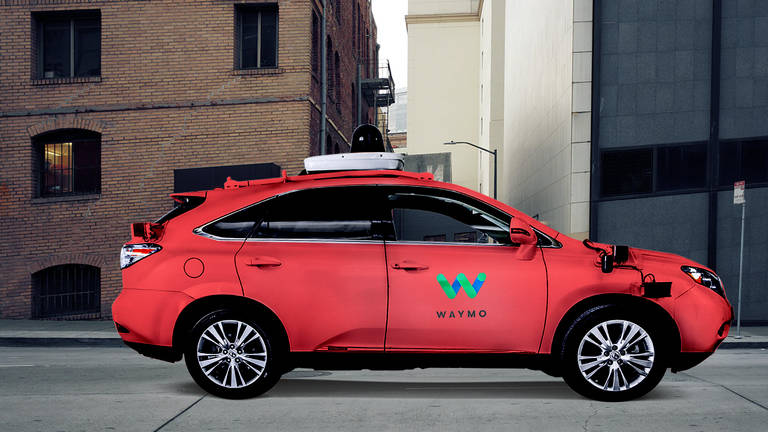
Before Tesla's full self driving, Comma AI's OpenPilot, and GM's Super Cruise, Google was hard at work trying to develop a fully-autonomous car, starting in 2009. We all remember the iconic videos of Google's fleet of Toyota Prius and Lexus cars making their way around test courses and various neighborhoods in the early 2010s. Although most people weren't quite convinced of Google's ambitious time frames, the general consensus was that Google would likely win the race to autonomy, given their strong financial and technological position.
But over the past several years all the hype regarding autonomy has gone to Tesla, despite entering the market six years after Google. On top of this, valuations of Google self-driving car company, Waymo, have been slashed left and right. In 2018, morgan stanley valued Waymo at a solid 175 billion dollars, however, this would be slashed 100 billion dollars the very next year, and in early 2020 Waymo would actually complete a 3.2 billion dollar funding round, that valued the company at just about 30 billion. So what happened to seemingly apparent leader of self-driving technology, Waymo?
Taking a look at the history of the project, it all started with a stanford professor named Sebastian Thrun professor Thrun had been conducting research regarding driverless vehicles at stanford for quite some time. In 2005 He and his team won the DARPA grand challenge by creating a self-driving car, named "Stanley" Robot Car.
In the challenge, the car would drive 132 miles in desert autonomously, pulling in a cash price of 2 million. Given this success, Google would go on to hire professor Thrun as a leader in Google X research lab. X Development LLC. (formerly Google X) research lab is where Google works on their latest moonshot ideas like Google glass. Professor Thrun didn't end up sticking around for that long, but he did lay the foundation for Google's car project In 2009. Professor Thrun would go on to found the popular online educational organization, Udacity, in 2011.
Anyway, Going back to the Google car project, Google started off with the fleet of six Toyota Prius cars and one Audi TT. Within just the first year, the project would rack up over 140,000 autonomous miles. Following this milestone, in 2011 Google would switch over from Toyota Prius to 23 Lexus RX 450h SUVs.
However, After this transition, we wouldn't hear very much from Google about the project for a couple of years. The next major update we received from the company was in April 2014, when the company made a blog post claiming that their vehicles had made tremendous progress and that it was capable of handling more edge cases than ever before.
Soon after this progress update, in may of 2014 Google would unveil its iconic mini car, with no brakes, accelerator, or steering wheel. The car was only designed to go up to 25 miles per hour. Thus, it was determined that a lack of user input shouldn't be too risky of a move.
Despite their confidence, one of the Lexus SUVs would get into an accident in February of 2016. The physical damage from the crash itself wasn't that big of a deal, as the accident occurred at 2 miles per hour. Moreover, Google's cars had gotten into several similar accidents in the past. However, the key difference between this accident and all the ones that came before is that this was the first accident that was caused by Google's car.
Nonetheless, considering that it was just a small accident, Google continued to expand into Arizona in April 2016. They specifically chose Arizona in order to get a better understanding of how the heat and dust in the state would affect the car's sensors.
During the same year, Google would go through a corporate reshuffle which led to the Google car project being spun into its own company called Waymo. But other than the name, it's basically the same thing. Waymo would then go on to team up with the Fiat Chrysler and Jaguar, leading to the autonomous Pacifica minivans that we see today, and finally they would launch their 100 autonomous ride sharing service in 2017.
Over the past couple of years, Google has been testing and launching their rideshare service in a handful of cities, including LosAngeles, a few cities in Florida, and Phoenix, Arizona.
As of the start of 2020, Google has a fleet of 600 vehicles that have provided over 100,000 total ride shares since the start of the program. More surprisingly, in a portion of these rides, Google didn't even use a safety driver. Looking forward, Google is aiming to add another 62 thousand Chrysler Pacificas to their fleet, along with 20,000 Jaguar I-Pace SUVs.
On top of this, Google is also working on a more secretive project, named Husky, which is intended to tackle the trucking and commercial delivery industries. As you can see, it's not like Google stopped making progress or ditched the project altogether, or anything like that, but then why is Waymo's valuation getting slashed and the technology mostly getting overlooked?
The first major issue for Waymo is scale. If we've learned anything from Tesla's rough path over the last decade, it's that getting car production to scale is an extremely difficult task. Whether Google is looking to build their own cars, or partner with a car manufacturer like Chrysler, their expensive and complex leather equipment does not make getting to skill very easy.
The CEO of Waymo, John Krafcik, himself has stated "building a car is difficult." But making a car that works well with Waymo technology is far more complicated, unlike Tesla and Openpilot.
Google has continued to embrace the use of LIDAR. if you don't know what LIDAR is, it's the big radar on the top of the car and though it was originally thought to be crucial to the development of autonomous vehicles, Tesla and Openpilot have largely proven this to be false, by developing competitive self-driving offerings using just regular cameras and sensors. Using LIDAR itself is not a bad idea per se, but considering that it is generally a much more expensive option and that it is quite difficult to install. As the CEO described, getting to scale is unfortunately going to be a nightmare for Google.
Speaking of production skill, Google also has another major skill problem which is data collection. Google owns all of the cars in their fleet and that's only 600 cars. This is actually quite a lot, considering that all of the cars are privately owned and financed by Google, which is likely very expensive. But the problem is that their competitors have found ways around this limitation.
Waymo reached 20 million autonomous miles at the start of 2020, while Tesla boasts a massive three billion miles. Even open pilot, a small startup has been able to reach 30 million self-driving miles by selling their technology publicly. Google has insisted on keeping their technology private until they finish core development, but this has left them with a large data shortfall which is only getting bigger as we move forward.
To make things even worse for Waymo, although they are not only likely to struggle in gaining market share in the autonomy licensing industry, but they are going to see fierce competition within the rideshare market as well from Tesla, Uber, Lyft and more. At the end of the day, despite being the pioneers of the self-driving industry, Google's approach and execution have significantly dampened their chances of becoming the leader in the industry like originally anticipated. This isn't to say that they're going to go bankrupt, or shut down. it is very possible that they will go into a sizeable niche rideshare service within urban cores, however, at this point, it doesn't seem like Waymo can break out to become much more than that.
